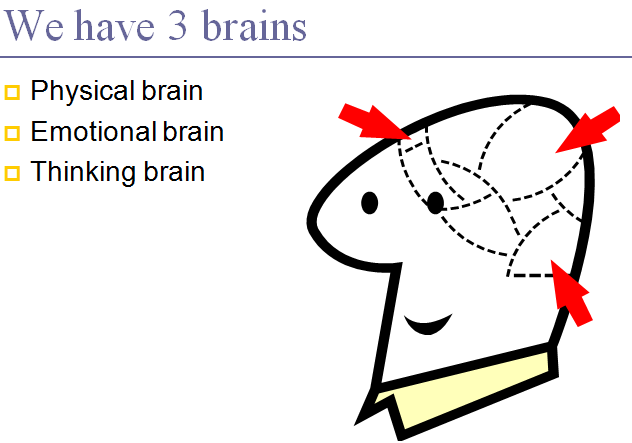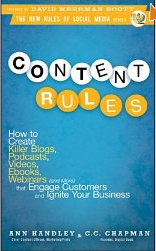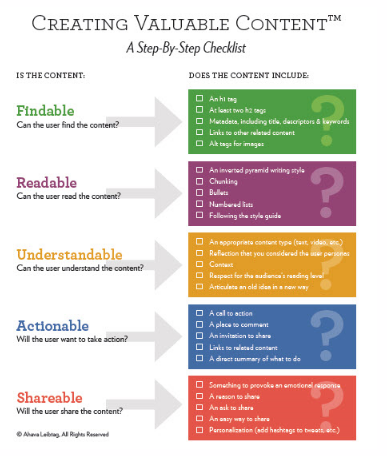The Content Marketing Institute hit a home-run with their question to content experts, “How do you make content more engaging?” This is an important post to read for anyone blogging and posting content to connect with readers.
Ten experts responded, including moi, and their answers are illuminating.
In my opinion and experience, content that engages is emotional.
The human brain is emotional at its very core.
While women process messages with more emotions than men, both must be engaged emotionally for a message to be remembered and acted upon.
Marketers must uncover the key emotional triggers their product inspires and pinpoint them in their messages.
Here is a summary of what other content marketers think about this important question:
Just as there is no single definition of engagement, there is no single way to engage with your audience:
- Focus on what is important to your ideal reader, which is often different than what is important to your business.
- Actively listen to your audience and respond to their needs.
- Create buyer personas to capture key information about your readers. Read More→













